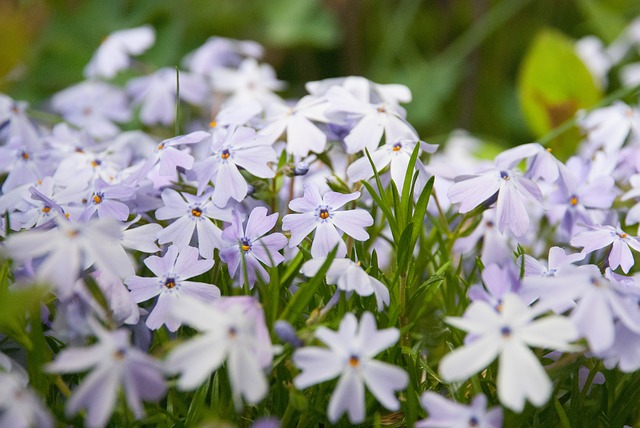
Gardening is a relaxing hobby that it isn’t that expensive.Gardening is also a great way for loved ones to spend quality time with your family and friends. Children are particularly fascinated at the way seeds grow into hearty vegetables and flowers. This can also give kids a wonderful life lesson about appreciating nature and nature. This article will help you with a variety of tactics and more delightful.
Make sure that your sod is laid properly. Be sure to get your soil prepared before you start laying the new sod. Eradicate any weeds and work the soil until it is very fine. Lightly, but firmly compact the soil, making sure it is flat. The soil should be adequately moistened. Lay the sod in straight rows, ensuring the seams meet perfectly. Firm the sod down to form a flat, even surface, and fill in any gaps between the sod with a little soil. According to your climate, you will likely need to water the new sod daily over a period of a couple of weeks. This will insure proper root formation and establishment.
Select plants that produce a higher profits and yield.
This raises the chance that your plants can survive to adulthood.It also allows you to tighten up the time between plantings. Your seedlings will be started and ready to be planted when you remove your last crop from the garden.
Choose perennials that won’t be taken out by slugs. Slugs and snails are voracious eaters that can destroy a plant literally overnight. They tend to enjoy perennials that have thin, smooth, tender leaves, especially those of young plants. There are some perennials that do not appeal to slugs, such as those with leaves that are hairy and tough with a bad taste. Several good choices include heuchera, campanula, achillea, and euphorbia.
The handles on your tools can be used as a convenient measuring instrument. Lay the handles onto the floor and place a tape beside them. Use a permanent marker and label distances.
Use climbers to cover fences and walls. Many climbers can cover an unattractive wall or fence in a single growing season. They may also grow through tress and shrubs that are already grown, or even cover an arbor. Some must be tied to supports, but others will have to be attached to something. Some climbers that have proven to be reliable are honeysuckle, clematis, jasmine, climbing roses, and wisteria.
While working in your garden during the fall season, watch out for those stink bugs! Stink bugs enjoy gardens, and are especially fond of fruit, tomatoes, beans and peppers. If they are left in the garden, they can do great damage to your plants, so you should do whatever you can to eliminate them.
Transfer your favorite plants indoors to rescue them from the winter. You may be able to save the ones you spent the most resistant or the ones that are resistant. Dig carefully around their roots and transfer the plants to a pot.
Stink Bugs
There are grass varieties, such as wheat grass or catnip, that will give your feline something to nibble on besides your garden. You may also place something offensively smelly atop the soil, like citrus peel or mothballs.
If you are going to be doing some horticulture, be wary of stink bugs in your garden, especially in the fall! Stink bugs enjoy gardens, beans, tomatoes, and various varieties of fruits. If not taken care of, your garden could be ravaged by these bugs, so you need to proactively keep their population under control.
Plant bulbs if you want flowers through spring and summer flowers. Different types of bulbs bloom at different times, so choosing appropriately, you may have blooms early spring to later summer.
Take extra care of any fragile shrubs that are known to drop their leaves in the autumn. Shrubs in pots especially need special care in the colder weather. Tie these canes at the top, and place a blanket over it. Using fabric, rather than plastic, allows air circulation and prevents rotting from moisture build up.
Pre-soak your seeds overnight in a dark place. This will allow seeds to be watered and give you a little head start with your growing. This gives the chances of successful plant development.
Learn the ideal times for each vegetable. Each variety needs a slightly different amount of vegetables has its own ideal time to produce the best flavor. For example, zucchini and baby peas have the best taste when you pick them early. Tomatoes, in contrast, are best picked from the vine later when they are very ripe.
Aerate and dry your plants each day. Moisture not only attracts parasites, but also makes it easier for your plants to contract diseases. Fungi is the most common parasite for plants. There are many effective fungicide products that will prevent fungi growth and clear up any existing problems as well.
Plant items with fall season color in mind.Maple trees are an autumn rainbow of crimsons to yellows, as do Beech trees and Dogwood. When selecting shrubs, try hydrangea, hydrangea, or cotoneaster.
Regardless of whether you are going to garden for social reasons or personal reasons, you can benefit from these helpful hints and tips. By using some of the information in this article, you can instill the joys of gardening in your family, enjoy it with your friends, or just chill out on your own.
Indoor plants need an environment that is between 65 and 75 degrees. They need the temperature to be that warm so that they can grow. Heat lamps can be used to promote growth without the necessity of raising your home’s interior temperature.